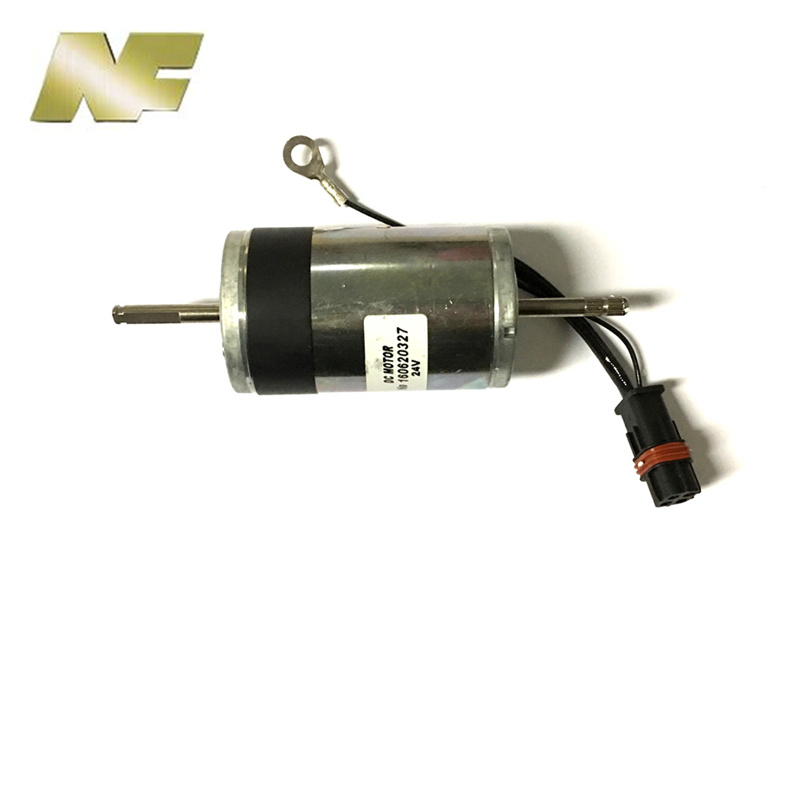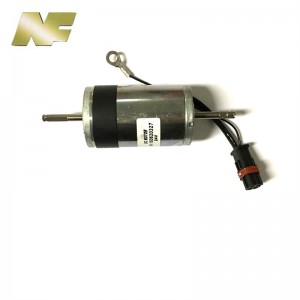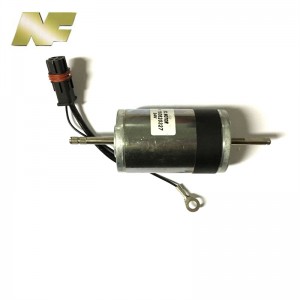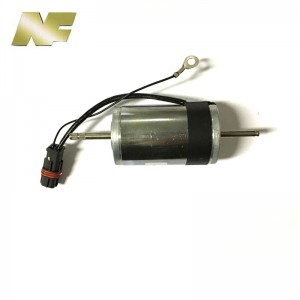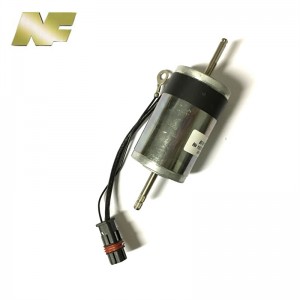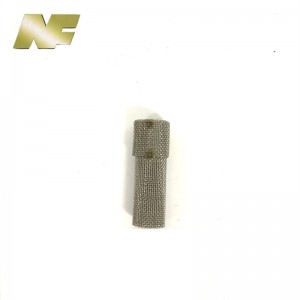NF Webasto Heater Parts 12V 24V Air Motor
Description
Air motor heaters play a vital role in a variety of industrial applications, keeping machinery running smoothly by regulating temperature and preventing critical components from freezing. However, like any mechanical system, these heaters are prone to wear and require regular maintenance and occasional repairs. In this blog post, we delve into the world of air motor heater parts, discussing their function, common problems, and how to troubleshoot and maintain them effectively.
1. Understand the air motor heater parts:
To understand the function of an air motor heater, it is important to understand its core components. The air motor is the main component responsible for heat generation, which converts compressed air into mechanical motion, which in turn heats the system. A heating element surrounding the air motor distributes heat where it is needed. Additionally, fans, fan guards, control switches, thermostats and other electrical components work together to regulate temperature and ensure safe operation.
2. Common air motor heater parts and their functions:
a. Air Motor: At the heart of the system, the air motor converts compressed air into rotational energy, which generates heat.
b. Heating Element: Surrounds the air motor and facilitates heat transfer. Depending on the application, it can be an electric coil, a ceramic heating element or an infrared heater.
c. Fans and Fan Guards: These components promote proper airflow, promoting efficient heat distribution and preventing overheating.
d. Control Switches and Thermostats: These electrical components allow the user to adjust the temperature setting according to their needs, ensuring optimum heating performance.
3. Routine maintenance of air motor heater components:
Proactive maintenance can extend the life of your air motor heater components while minimizing downtime. Here are some important maintenance steps:
a. Clean regularly: Dust, debris and grime can accumulate on the heating element and affect its efficiency. Periodically clean the heater with compressed air or a soft brush.
b. Lubrication: Proper lubrication of the moving parts of the air motor will help reduce friction and wear. Follow the manufacturer's guidelines for recommended lubricants and frequency of use.
c. Inspections: Periodically check all electrical connections, including switches and thermostats, to make sure they are functioning properly and are free of any damage or corrosion.
d. Heating Element Replacement: Over time, heating elements may become worn or damaged. If your heater isn't producing enough heat, the heating element may need to be replaced.
4. Common problem troubleshooting:
Despite regular maintenance, you may experience problems with your air motor heater. Here are some common problems and their potential solutions:
a. Insufficient heat output: Check that the heating element is working properly and remove any debris. Also, make sure the thermostat is set accurately and calibrated correctly.
b. Overheating: If the heater is overheating, check for any obstructions that would prevent proper airflow. Clean the fans and fan shrouds and make sure they are functioning as expected. Adjust fan speed if necessary.
c. Faulty Heater: If the heater stops working completely, check the electrical connections, fuses, and wiring for any visible damage. In this case, it may be necessary to consult a professional technician for repairs.
in conclusion:
Knowing the individual parts of your air motor heater, performing routine maintenance, and troubleshooting common problems are critical to long equipment life and optimum performance. By following the guidelines provided in this comprehensive guide, you can ensure smooth operation of your air motor heater, providing efficient thermal regulation for your industrial application. Remember that proper maintenance of heater components such as the air motor and heating element will help improve overall operating efficiency and reduce the risk of unexpected failures.
Technical Parameter
|
XW03 Motor technical data |
|
| Efficiency | 67% |
| Voltage | 18V |
| Power | 36W |
| Continuous current | ≤2A |
| Speed | 4500rpm |
| Protection feature | IP65 |
| Diversion | Anticlockwise(air intake) |
| Construction | All metal shell |
| Torque | 0.051N.m |
| Type | Direct-current permanent magnet |
| Application | Fuel heater |
Our Company
Hebei Nanfeng Automobile Equipment (Group) Co., Ltd is a group company with 5 factories, that specially produce parking heaters, heater parts, air conditioner and electric vehicle parts for more than 30 years. We are the leading auto parts manufacturers in China.
Our factory's production units are equipped with high tech machineries, strict quality,control testing devices and a team of professional technicians and engineers endorsing the quality and authenticity of our products.
In 2006, our company has passed ISO/TS16949:2002 quality management system certification. We also bagged the CE certificate and Emark certificate making us among the only few companies in the world acquiring such high level certifications.
Currently being the largest stakeholders in China, we hold a domestic market share of 40% and then we export them around the globe particularly in Asia, Europe and Americas.
Meeting the standards and demands of our customers have always been our top priority. It always encourages our experts to continuously brain storm, innovate, design and manufacture new products, impeccably suitable for the Chinese market and our customers from every nook of the world.
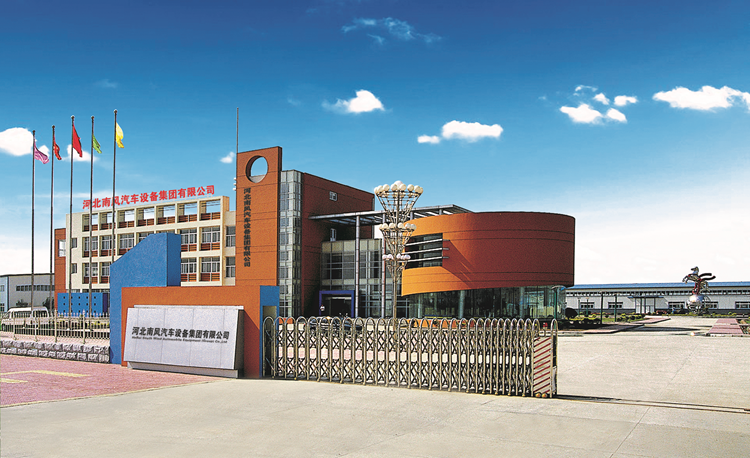
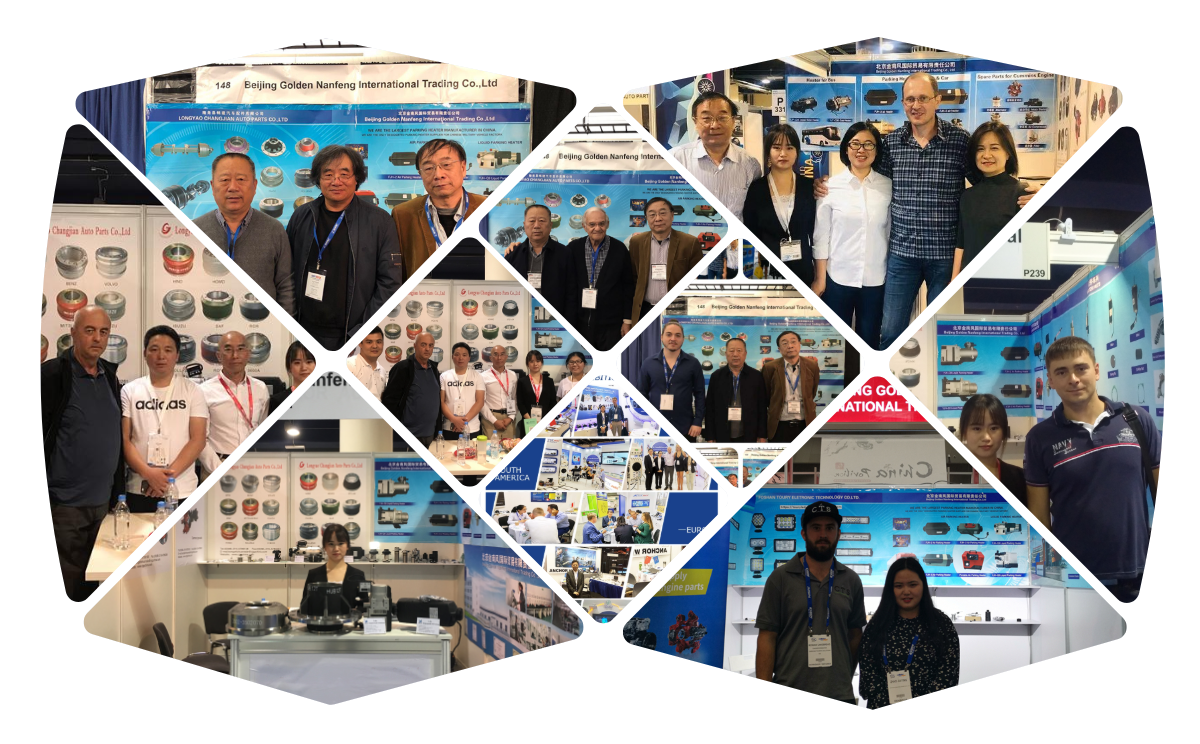
FAQ
Item 1: Understanding Heater Components - A Comprehensive Guide
1. What are the most common heater parts?
- The most common heater components include thermostats, heating elements, blower motors, limit switches, and control panels.
2. How do I know if a particular heater part is faulty?
- If you notice no heat, inconsistent or insufficient heat, unusual noises, or malfunctioning control panel, this could indicate a faulty heater component.
3. Can I replace a failed heater part myself?
- Yes, in many cases heater parts can be replaced following the manufacturer's instructions. However, it is recommended to seek professional help to ensure safe replacement and proper operation of the heater.
Article 2: The role of air motors in heating systems
1. What is an air motor?
- An air motor is a rotary actuator that uses compressed air to generate mechanical power. In heating systems, air motors are primarily used to control dampers, valves and airflow in HVAC systems.
2. How does an air motor work in a heating system?
- Air motors convert compressed air into rotational motion, which is then used to perform specific heating system operations, such as regulating air supply, opening and closing vents or dampers, and controlling valves for efficient temperature control.
3. Can air motors be used interchangeably in a heating system?
- Air motors are usually designed to be compatible with a specific heating system model or brand. It is critical to select an air motor that meets the requirements and specifications provided by the heating system manufacturer.
Item 3: Troubleshooting Common Heater Component Problems
1. How do I troubleshoot a thermostat?
- First, make sure the thermostat is set to the desired temperature. Check for loose or corroded wiring and replace the battery if necessary. If the problem persists, it's best to consult a professional to replace the thermostat.
2. What should I do if the heating element fails?
- First check the heating element for any obvious signs of damage or wear. If found, follow the manufacturer's guidelines for replacing the heating element. If you are unsure, please contact a professional for help.
3. What are the signs of a blower motor failure?
- Signs of a blower motor failure include weak airflow, unusual noises, or the blower not working at all. Before considering replacing the blower motor, make sure there are no obstructions in the air ducts and clean or replace the filter.
Article 4: The importance of regular maintenance of heater components
1. How often should I clean or replace the air filter?
- It is recommended to clean or replace the air filter every 1-3 months, depending on usage and environmental conditions. A clogged filter reduces heating system efficiency and puts stress on various heater components.
2. What steps can I take to ensure proper airflow in the heating system?
- Regular airflow maintenance includes cleaning air regulators, checking air ducts for blockages, ensuring dampers and vents are clear, and keeping blower and motor clean.
3. Are there any specific maintenance tasks for the air motor?
- Regularly inspect the air motor for any signs of wear, lubricate moving parts per manufacturer's recommendations, and ensure there are no air leaks in the system that could affect motor performance.
Item 5: Upgrading Heater Units - Is It Worth It?
1. Can I upgrade individual heater parts for higher efficiency?
- In some cases, upgrading specific heater parts can improve overall system efficiency. Consult an HVAC professional to determine if upgrading components such as heating elements or blower motors can provide significant benefits.
2. How do I decide whether to repair or replace a faulty heater component?
- Factors such as age of the heater, cost of replacement parts, availability of compatible parts, and severity of the problem should be evaluated. Consulting a professional will help to make an informed decision.
3. Are there any energy saving options for the heater assembly?
- Yes, many manufacturers offer energy efficient heater components such as high efficiency heating elements, variable speed blower motors and programmable thermostats. These options can help reduce energy consumption and lower utility bills.

